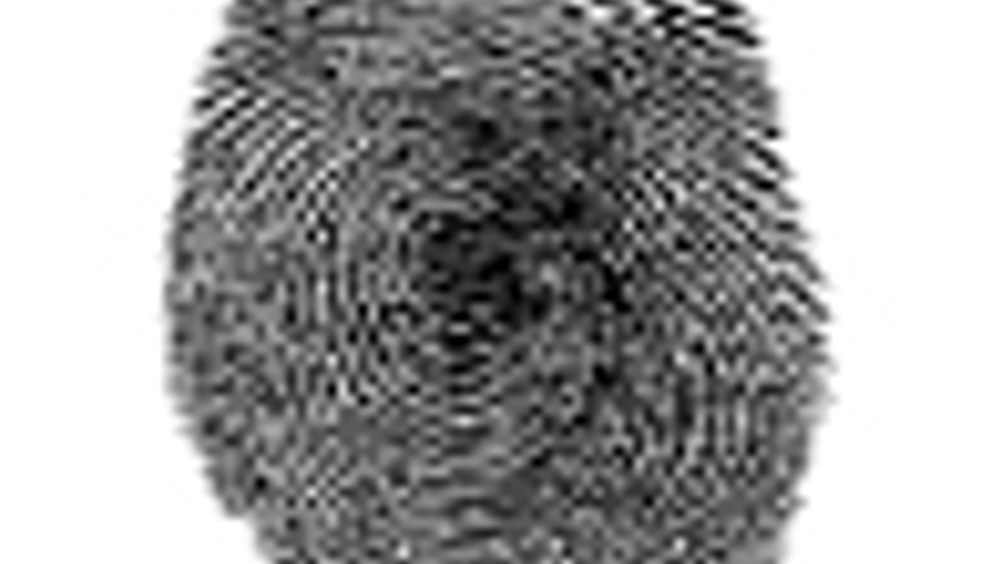Hot prints

Two students at Australia's University of Technology, Sydney have developed a new way to visualise fingerprints left on paper.
Adam Brown and Daniel Sommerville set out to create new reagents that would allow them to visualise fingerprints on paper, but during the process uncovered the simpler, safer and more economical method for developing the images.
Current methods for visualising fingerprints on paper are labour-intensive and time-consuming, using toxic dyes and chemicals to stain the fingerprints or make them fluorescent.
The method developed by the two students relies on the application of heat to the sample, with the fingerprint development accomplished in a matter of seconds.
'This was an interesting approach, as originally the aim was to make fingerprints coloured using chemicals, but the students noticed that the application of heat alone could actually develop fingerprints,' said Dr Brian Reedy, a senior lecturer and member of the Centre for Forensic Science in the Faculty of Science.
Register now to continue reading
Thanks for visiting The Engineer. You’ve now reached your monthly limit of news stories. Register for free to unlock unlimited access to all of our news coverage, as well as premium content including opinion, in-depth features and special reports.
Benefits of registering
-
In-depth insights and coverage of key emerging trends
-
Unrestricted access to special reports throughout the year
-
Daily technology news delivered straight to your inbox










BEAS funding available to help businesses cut energy costs
And not a moment too soon, if the following exchange broadcast last Friday 13th June, on the Radio 4 ´Rare Earth´ program (link below, ~ 17 minutes...